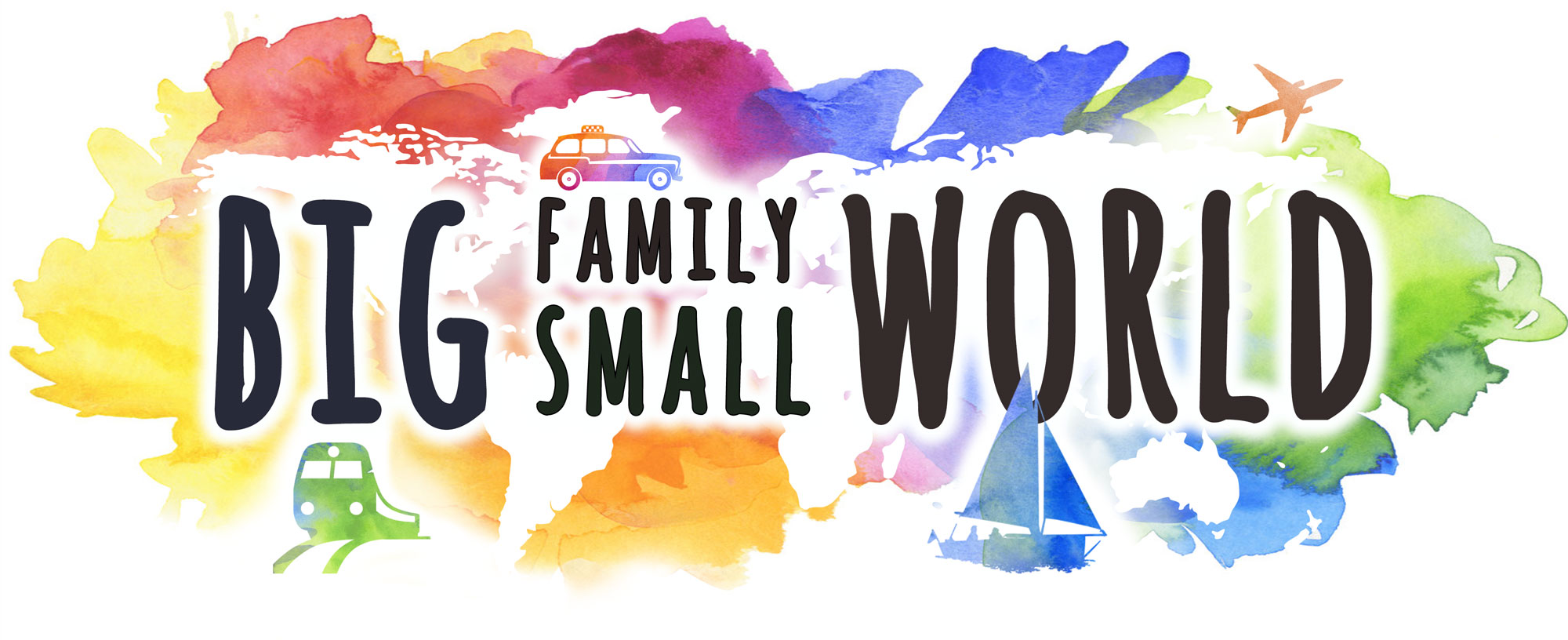
We were not experienced travellers before we began this trip. With three solo backpacking trips under his belt, Matt had the most experience, but the kids had never even been on a plane.
Three months, seven flights and eight countries later we’re still learning, but here’s how we roll:
Packing
- We packed light and are so glad we did: one carry-on backpack each (max 40L) and a smaller day pack or shoulder bag. That’s it. For a list of what we packed, go HERE
- Why pack light?
- you will walk more than you think to and from train stations, bus stops, accommodations, etc.you will have to run to catch a [bus, train, plane] at some point suitcase wheels and cobble stones don’t mix packing is fast and easy which is not to be taken for granted when you’re doing it at 4am
Money
- it pays to shop around for good travel cards. We found one that gives us 4% cash back on foreign purchases
- bring multiple credit cards and bank cards – you never know when one won’t work
- always have some local currency on hand and a back-up of US$
we pinch our pennies, but not at the expense of the overall experience
Transportation
- there are so many great travel apps to find cheap flights, it’s the Golden Age of DIY travel: Sky Scanner, KAYAK, Google Flights, Hopper . . . the list goes on.
- Because the world is full of interesting places, none of which we’ve been to as a family, we usually choose our next destination based on a very scientific algorithm using factors such as cost (the big one), weather (the second biggest one), and how many days Eli has been wearing his underwear
- After arrival, we try to use public transportation to get around (we don’t really fit in taxis anyway). It’s always interesting to see how different local transit systems work and it’s a lot cheaper (and safer) than renting a car (read about our struggles HERE)
Accommodation
- We use AirBnB almost exclusively because we love it
- we love the online interface, the accountability due to the importance of reviews and the overall cost savings compared to hotels – but it’s more than that
- Airbnb hosts are usually very proud of their city and thrilled to give you local tips. On numerous occasions, they have gone above and beyond to help us out, giving us rides, making Amazon orders . . . some of them we even consider friends now.
Food
- obviously, half the reason for traveling is food
- to save money we try to eat in as much as possible
- grocery shopping in foreign lands is its own adventure
- we go out of our way to try as many local foods as possible, no matter how bizarre they seem
- when we go out to eat we seek out the local hot spots and order dishes unique to the region . . . and we share everything!
SIM cards
- bring an unlocked smartphone and buy local SIM cards
- we tried going without for the first few weeks, but for $20-30 it’s a no-brainer.
- Google Maps alone is worth the cost but there are other advantages such as the fact that many bus/train/flight bookings require a cell number
- do NOT assume the SIM card you buy in one country will work in a neighbouring country (no matter what the sales person tells you!). Sometimes it will, just don’t count on it.
Activities
- it is easy to feel like while in a certain location you need to do everything there is to offer, but that is a quick way to drain both your bank account and your travel endurance
- come to terms with the fact that you will never do everything, that you will see far less than you will leave unseen – and that’s okay
- we choose free activities whenever possible – there are tons if you look for them from walking tours to museums to local play parks
- paid activities like waterparks, science centres and some museums are special treats and we savour them, often spending far longer there than we would have before this trip
